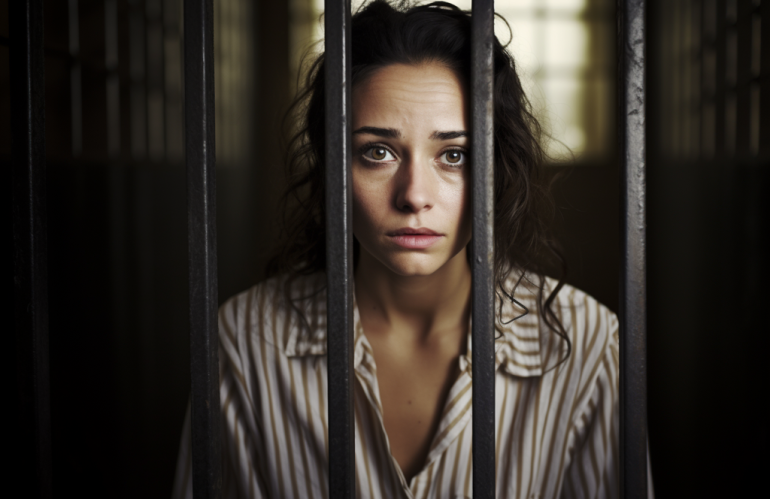Coercive control is a form of abuse that involves a pattern of behavior designed to make a person dependent by isolating them from support, exploiting them, depriving them of independence, and regulating their everyday behavior. In Australia, these behaviours are illegal.
Here are ten behaviors that might be considered coercive control:
- Isolation from friends and family: The abuser might limit the victim’s contact with others to increase their dependence.
- Monitoring their movements: The abuser might demand to know where the victim is at all times, often disguising this behaviour as concern for their safety.
- Controlling their appearance: The abuser may dictate what the victim can wear, their hairstyle, makeup, etc., often under the guise of preferences or standards of attractiveness.
- Financial control: The abuser might control the victim’s access to money, limit their ability to work, or force them to account for all their spending.
- Constant criticism: The abuser might constantly criticise the victim’s actions, appearance, or personality to erode their self-esteem and make them more compliant.
- Control over daily activities: This could include dictating when the victim can eat, sleep, leave the house, etc.
- Deprivation of basic needs: The abuser might withhold food, sleep, or other basic needs to make the victim more compliant.
- Threats or intimidation: The abuser might use threats, whether direct or indirect, to make the victim comply with their demands.
- Gaslighting: The abuser might manipulate the victim into questioning their own memory, perception, or sanity.
- Digital surveillance: The abuser might monitor the victim’s online activities, check their phone, emails, or social media, often under the guise of concern for their safety or fidelity.
It’s important to note that these behaviours can be subtle and may not appear abusive at first. Coercive control is about power and control, and it’s often a process that increases over time. If you or someone you know is experiencing these behaviours, seek help from a local domestic violence organisation or law enforcement.

